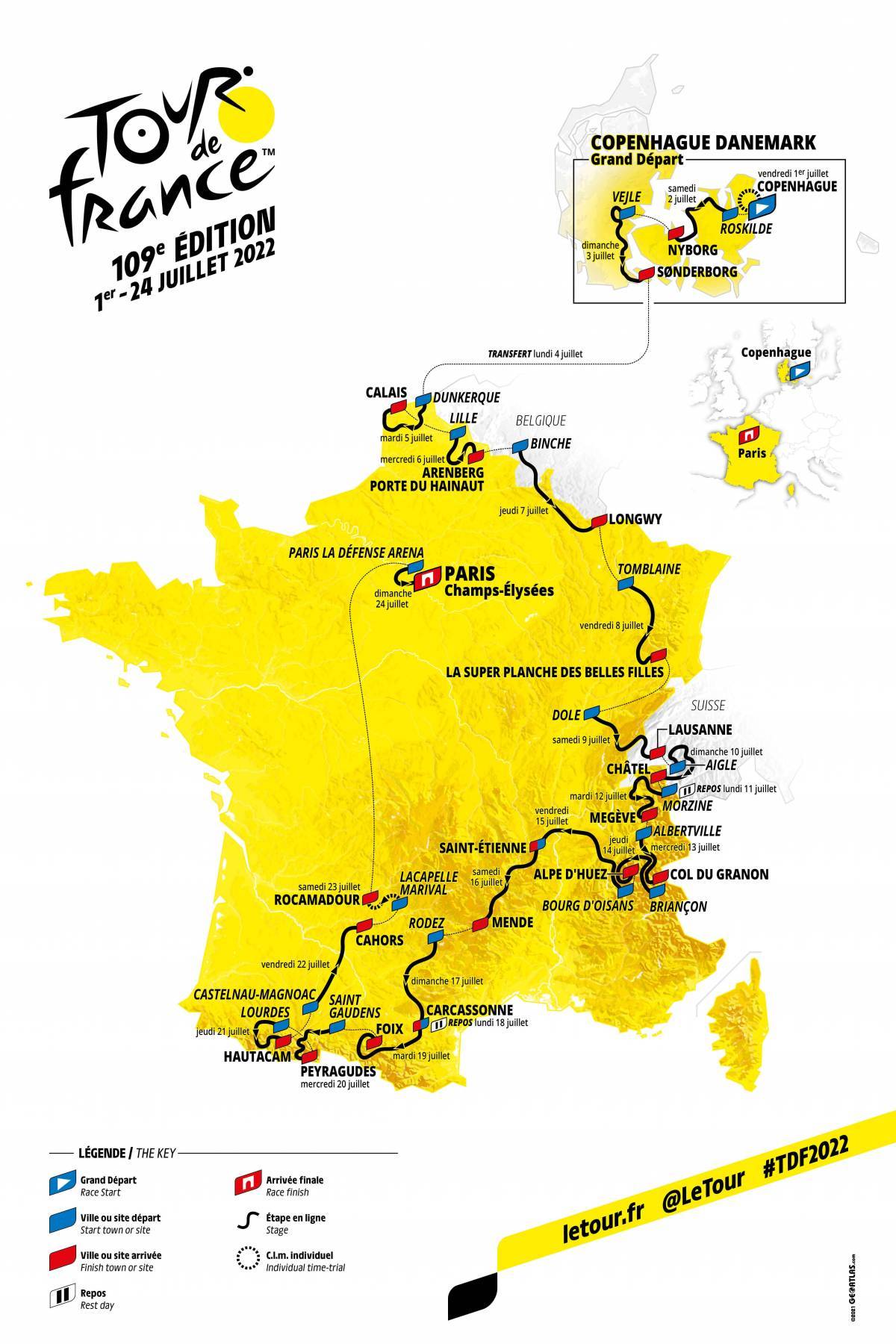Was looking at the Tours in the 1990s now. Interesting to see how the route design was back then. It's pretty uniform, and most of the forum here would have complete meltdown (unless those guys who absolutely want 100+ km of ITT) if they designes the Tour identical to some the the versions in the first half of the 90s. Just to summarize some of those versions:
1990:
- First 8 stages plus prologue is flat or time trialing.
- Only two proper Alps stages. One 118 km stage to St.Gervais and a Huez MTF via Madeleine and Glandon.
- Only two Pyrenees stages, of which one is a stage to Pau via Aubisque and Marie Blanque.
- The only redeeming quality is a MTT to Villard de Lans and two fairly decent Massif Central stages.
1991:
- First 11 stages (!!) plus prologue is flat or time trialing.
- Two Pyrenees stages, one downhill finish to Jaca via Somport and a BIG 232 km stage via Aubisque, Tourmalet, Aspin to Val Louron.
- Three Alps stage. One 125 km stage from Gap to Alpe d'Huez, one downhill finish to Ax les Bains from Revard and a 255 km stage to Morzine via Joux Plane.
1992:
- None proper Pyrenees stages. The closest is a stage from San Sebastian to Pau via Marie Blanque.
- That massive 255 km mountain stage from St.Gervais to Sestriere mentioned above.
- The only real mountain stage besides that is a Alpe d'Huez MTF via Galibier and Croix de Fer.
1993:
- First 8 stages plus prologue is flat or time trialing.
- Only two Alps stages. First a downhill finish to Serre Chevalier from Galibier, then the Serre Chevalier to Isola 2000 stage via Izoard, Vars and Bonettte.
- Two long Pyrenees MTF stages, about 230 km each. But the first one has Ordino and Pal as the two last climbs. The second is better with four big climbs before ending at Pla d'Adet
- A last Pyrenees stage via Tourmalet and Aubisque to Pau.
- I can't see one single truly hilly stage.
1994:
- First 10 stages plus prologue is flat or time trialing.
- Two Pyrenees stages. First is a monoclimb stage to Hautacam. Then Luz Ardiden via Peyresourde, Aspin and Tourmalet.
- Ventoux descent finish to Carpentras.
- Alps has four stages. First Alpe d'Huez from south via Ornon, then Val Thorens via Glandon and Madeleine, descent finish to Cluses from Colombiere. Then a 47 km MTT to Avoriaz.
So there are some big and even massive mountain stages here. Especially the Sestriere stage in 1992 and the ~230 km stages to Val Louron and Pla d'Adet. And the MTT to Avoriaz. Otherwise it's pretty thin. Usually only 2 or 3 mountain stages each version that really counts. The 1992 version except that Sestriere stage contains close to nothing. 1991 has 12 days of flat or TT first. 1993 has 4 fairly big mountain stages, but nothing besides that. Even if the routes the last years has it's shortcomings, in total they are better than this.
The Alps are actually not too different from the later years, with a few exceptions like the 1992 Sestriere stage. Alpe d'Huez was used in a similar manner then as now, typically with Galibier and Croix de Fer first. And most of the long and very long mountain stages usually have more valley and more flat, not more climbs. Like the 255 km stage to Morzine in 1991 which is listed to have only 3 climbs; Aravis, Colombiere and Joux Plane.
The main diffrence for the mountain stages seems to be in the Pyrenees. Then there usually were only two Pyrenees stages, where one of the was a big or massive stage which was a lot longer with more height meters than today's stages in the Pyrenees.






